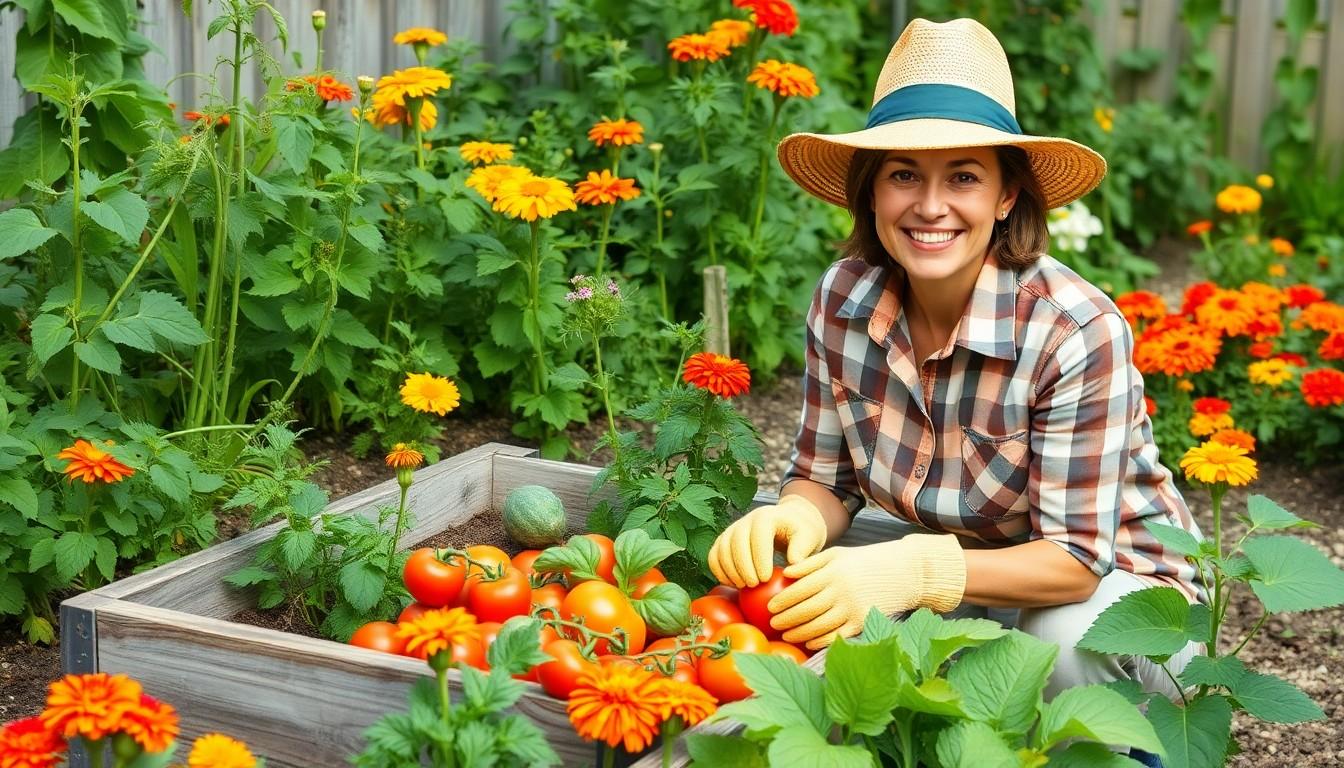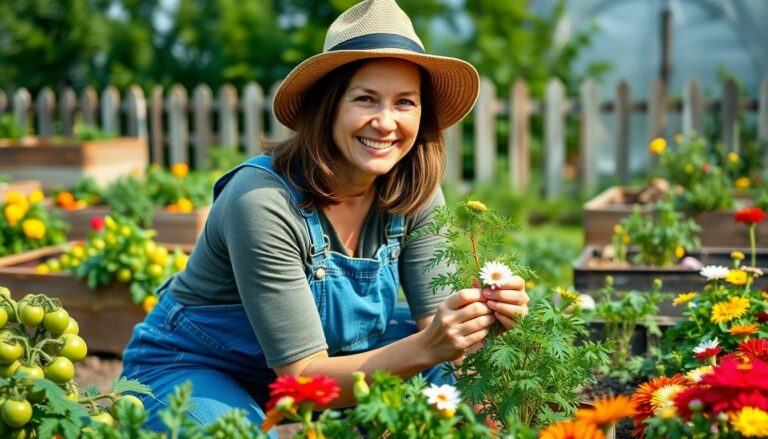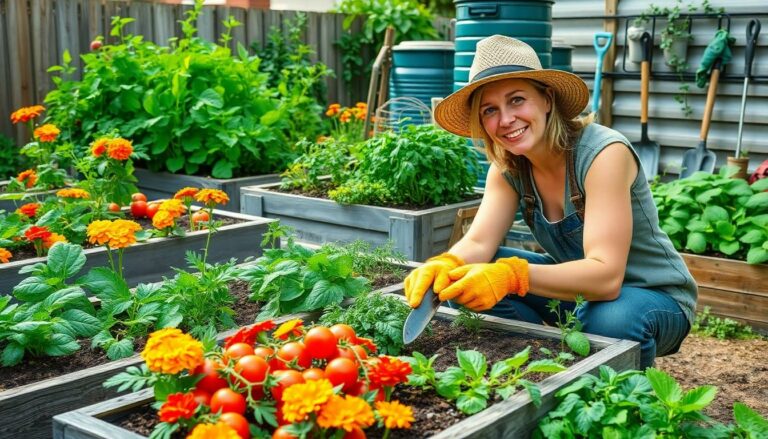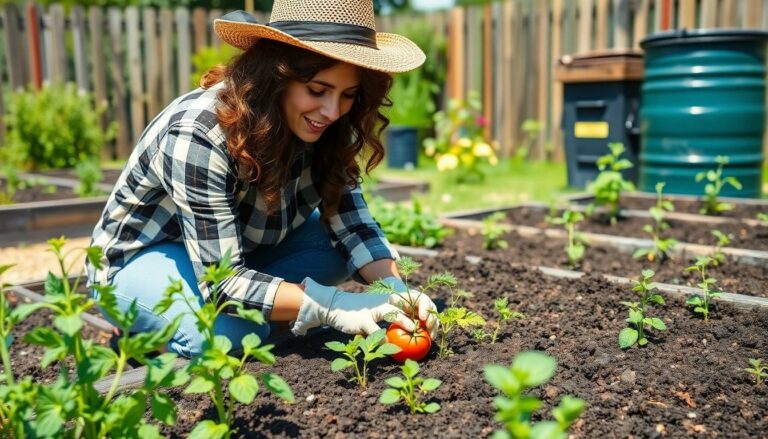In the serene embrace of the lakes area, homestead gardening isn’t just a hobby; it’s a lifestyle that promises fresh produce and a dash of adventure. Imagine stepping out your door to a vibrant garden bursting with veggies, herbs, and maybe even a rebellious pumpkin or two. It’s like having a mini-farm right in your backyard, minus the need for a tractor or a cow named Bessie.
Lakes Area Homestead Gardening
Lakes area homestead gardening involves cultivating a diverse array of plants, including vegetables and herbs. This method emphasizes sustainability and self-sufficiency, allowing gardeners to reduce reliance on store-bought produce. Many individuals enjoy the satisfaction of harvesting food directly from their yards, creating a strong connection to their land.
Raised beds and container gardening are popular techniques in this region, providing gardeners with flexibility. These methods boost soil quality and promote healthier plant growth. Understanding the local climate plays a crucial role in gardening success, as it influences plant selection and care routines.
Soil rich in organic matter enhances nutrient availability, making it essential for thriving gardens. Locally sourced compost acts as a natural fertilizer, encouraging robust root development. Additionally, perennials like rhubarb and asparagus offer reliable yields year after year.
Garden designers often incorporate companion planting strategies to fend off pests and boost productivity. Examples include mixing marigolds with vegetable plants, as marigolds deter harmful insects. Selecting native plants also supports local wildlife and promotes biodiversity.
Gardeners frequently enjoy seasonal changes, as each season presents opportunities for different crops. Spring welcomes cool-season vegetables, while summer allows for thriving tomatoes and peppers. Fall gardening often includes harvesting pumpkins and winter squash, extending the growing season and providing an abundance of produce.
Community engagement remains a central aspect of lakes area homestead gardening. Local gardening groups and workshops encourage knowledge sharing and foster a sense of camaraderie. By participating in these activities, individuals gain valuable insights and strengthen their gardening skills.
Benefits of Homestead Gardening
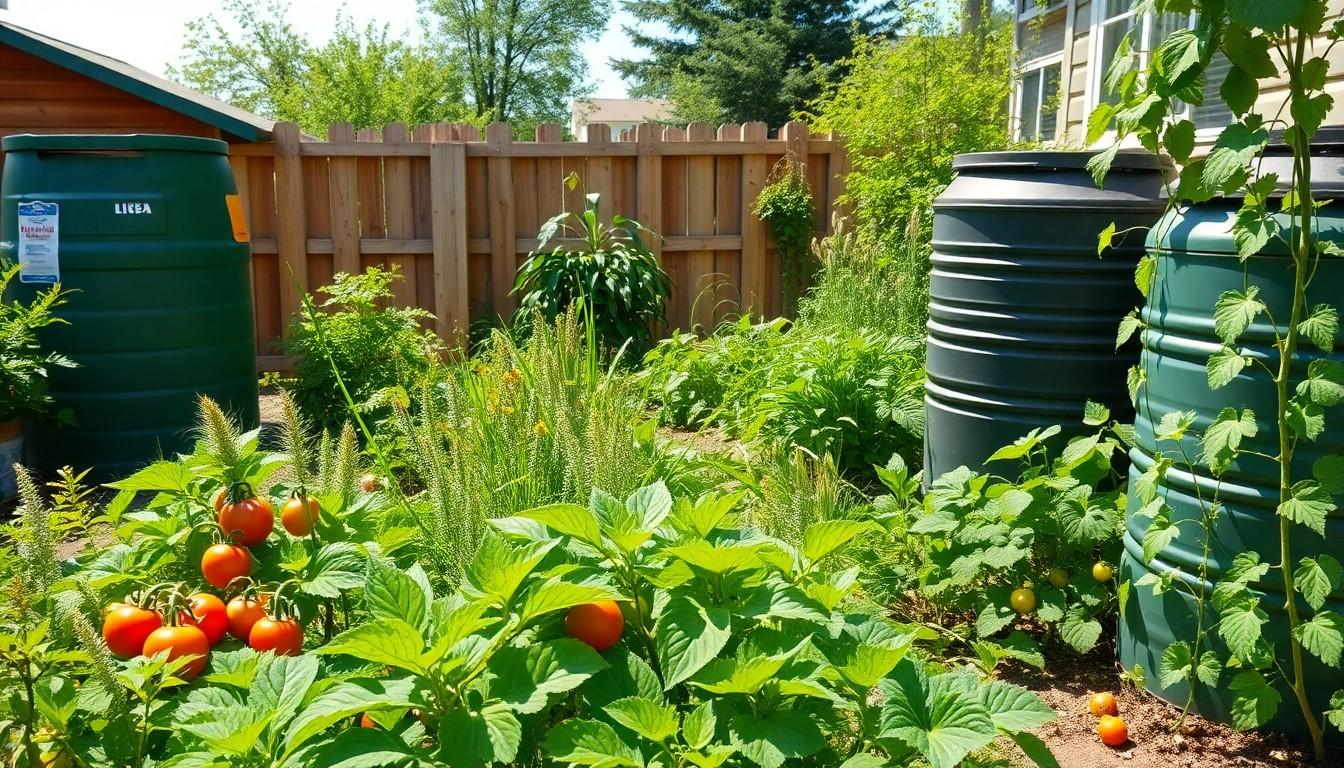
Homestead gardening delivers numerous advantages for those living in the lakes area. Gardening in this manner promotes sustainability while providing fresh produce directly from one’s yard.
Sustainable Practices
Sustainable practices play a key role in homestead gardening. Using organic methods reduces reliance on chemical fertilizers and pesticides. Composting kitchen scraps creates nutrient-rich soil, enhancing garden productivity. Implementing crop rotation minimizes soil depletion and pest build-up. Selecting native plants supports local ecosystems and wildlife. Gardeners often design layouts that maximize space and resources. This approach encourages biodiversity and fosters a vibrant garden environment. Focusing on water conservation techniques, such as rainwater harvesting, enhances sustainability further.
Fresh Produce Availability
Fresh produce availability meets the needs of home gardeners throughout the growing season. Experience the taste of sun-ripened tomatoes, freshly picked cucumbers, and vibrant herbs right from the garden. Seasonal crops create diverse menus, allowing for culinary creativity. Homegrown food eliminates the need for transportation and packaging associated with store-bought items. Harvesting vegetables at their peak flavor provides nutritional benefits and better taste. Additionally, the assurance of chemical-free produce fosters healthier eating habits. Engaging with the garden cultivates a sense of accomplishment, making meals more satisfying.
Planning Your Lakes Area Garden
Planning a lakes area garden requires attention to various elements. Understanding the local climate influences plant selection and growing seasons. Gardeners must consider temperature fluctuations, moisture levels, and frost dates. These factors dictate planting schedules. The lakes area often experiences short growing seasons, particularly in northern regions. Selecting cold-hardy varieties ensures better yields. Local agricultural extension services provide valuable climate data.
Climate Considerations
Understanding the lakes area’s climate is essential for successful gardening. Predominantly, this region experiences a humid continental climate. Summer temperatures can reach the mid-80s °F, while winter temperatures dip to single digits. Frost dates typically range from early May to late September. Those planting in this region must account for these factors. Heirloom varieties of tomatoes and peppers thrive during the summer months. Strategies like using row covers can protect delicate plants from late frosts. Additionally, incorporating drought-resistant plants helps manage water use. Local knowledge and experience prove invaluable for navigating seasonal shifts.
Soil Quality and Amendments
Assessing soil quality plays a crucial role in garden success. High-quality soil contains organic matter, nutrients, and proper drainage. Testing soil pH provides insight into necessary amendments. Adding compost enriches the soil, enhancing fertility and structure. Many gardeners opt for well-rotted manure or worm castings as natural fertilizers. These amendments promote beneficial microbial activity. Consider planting cover crops during off-seasons to prevent soil erosion and build organic matter. Utilizing native plants improves soil compatibility. Selecting perennials resistance to local pests benefits long-term sustainability. Regularly monitoring soil health ensures thriving plants throughout the gardening season.
Selecting Plants for Your Garden
Choosing the right plants for a lakes area garden requires understanding local conditions. It involves selecting varieties that thrive in the region’s humid continental climate.
Native Plants
Native plants play a crucial role in sustainable gardening. These plants adapt well to local soil and climate, requiring less water and maintenance. For example, purple coneflower and black-eyed Susan attract pollinators while contributing to local biodiversity. Incorporating native species enhances the garden’s ecosystem, supports wildlife, and reduces reliance on fertilizers. Additionally, these plants offer a vibrant display, adding beauty and color throughout the growing season.
Companion Planting Techniques
Companion planting techniques provide significant benefits in a homestead garden. Marigolds repel harmful pests when planted alongside vegetables like tomatoes and peppers. Beans fix nitrogen in the soil, enhancing growth when combined with corn and squash. Planting basil near tomatoes can improve flavor and deter pests. Strategically pairing plants supports healthier growth and maximizes space, making the most of the available garden area. Benefits extend beyond pest control, promoting a balanced ecosystem in the garden.
Maintenance and Care
Maintenance and care are crucial aspects of lakes area homestead gardening. Here’s how to sustain a thriving garden.
Watering Strategies
Irrigation plays a key role in plant health. Consistent watering schedules, especially during hot summer months, keep plants hydrated. Drip irrigation systems deliver water directly to the roots, minimizing waste. Rain barrels offer an eco-friendly solution for collecting rainwater, which can then be distributed during dry spells. Morning is the ideal time for watering, as it reduces evaporation and allows foliage to dry throughout the day. Checking moisture levels in the soil helps determine when to water, ensuring plants receive adequate hydration without over-saturation.
Pest Management
Integrated pest management ensures a healthy garden ecosystem. Monitoring for pests early helps prevent infestations from becoming unmanageable. Companion planting acts as a natural deterrent, with plants such as marigolds keeping harmful insects at bay. Organic solutions like neem oil provide effective alternatives to chemical pesticides. Regularly inspecting plants for signs of pests or disease allows for prompt action. Encouraging beneficial insects, such as ladybugs, adds an additional layer of protection, promoting natural pest control. By maintaining vigilance and employing diverse strategies, gardeners can nurture a thriving lakes area homestead garden.
Understanding Local Conditions
Lakes area homestead gardening presents an enriching way to connect with nature while enjoying the fruits of one’s labor. By embracing sustainable practices and understanding local conditions, gardeners cultivate not only vibrant gardens but also a fulfilling lifestyle.
The blend of fresh produce and community engagement fosters a sense of accomplishment and well-being. As seasons change, the opportunity for diverse crops keeps the gardening experience exciting. With the right techniques and a commitment to nurturing the land, anyone can transform their backyard into a thriving homestead, contributing to both personal health and local ecosystems.

